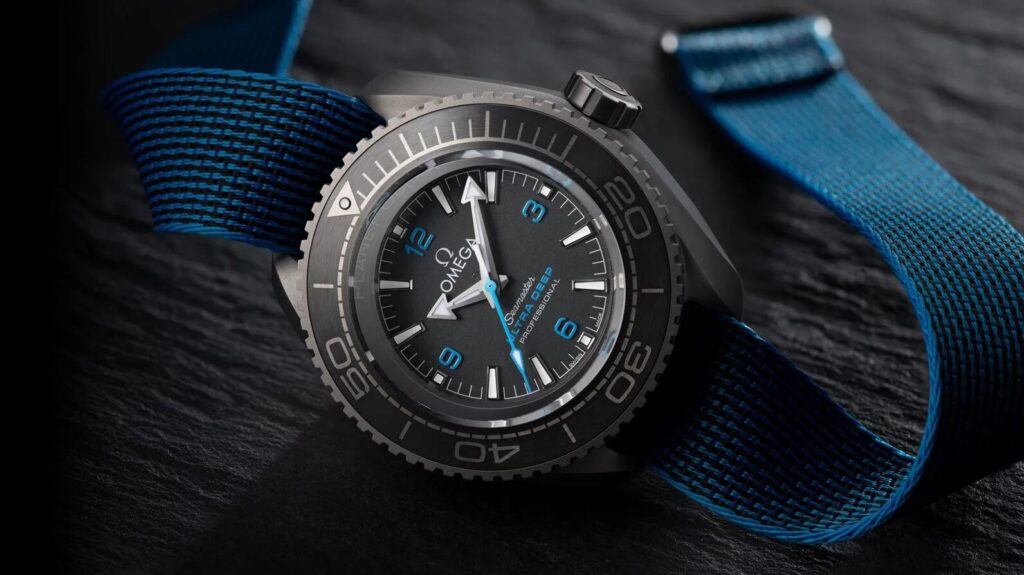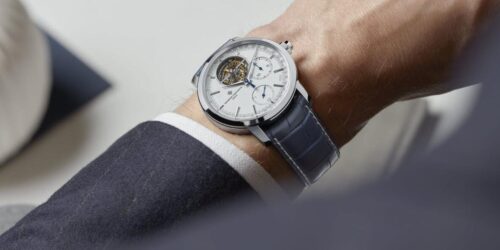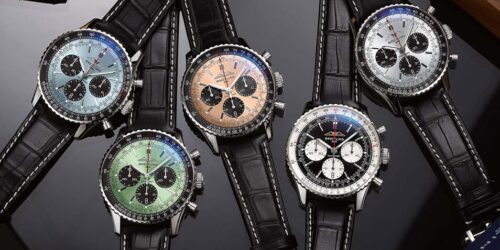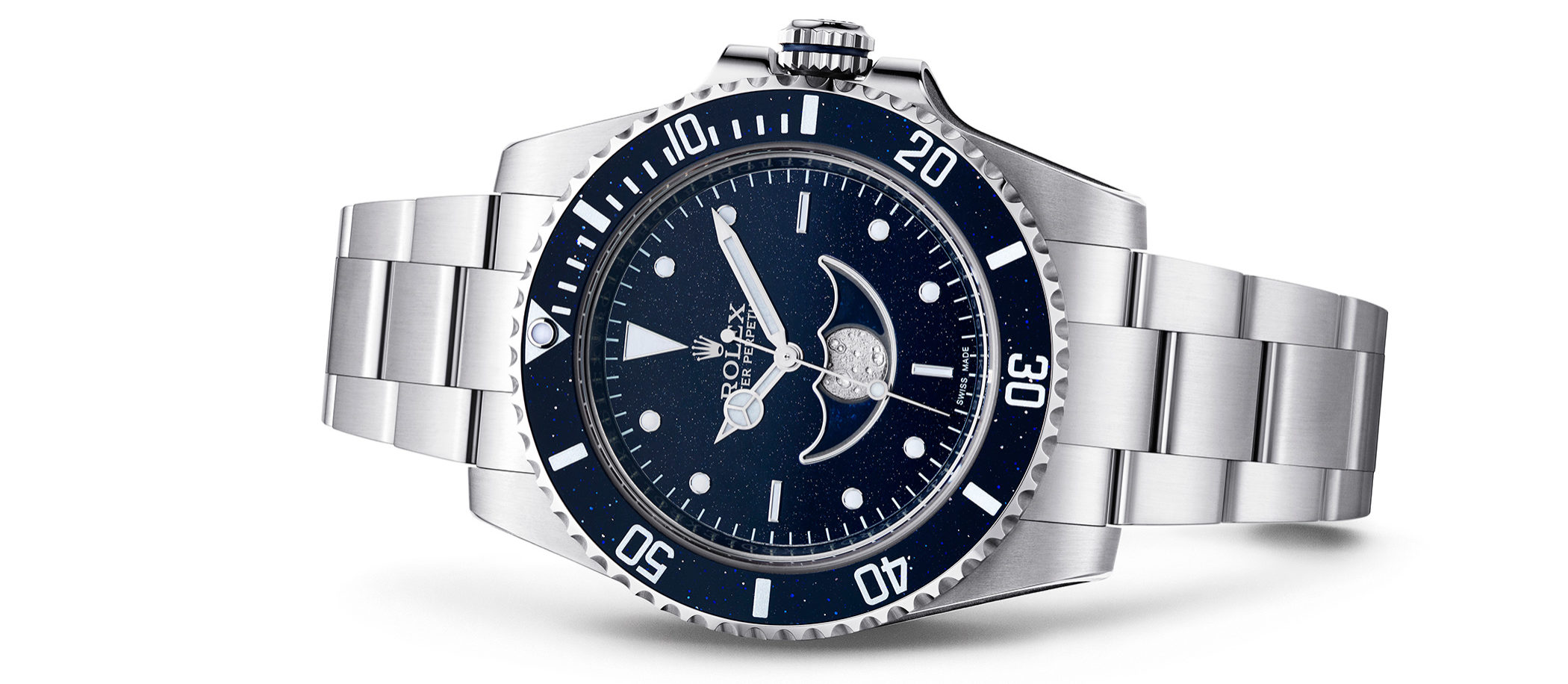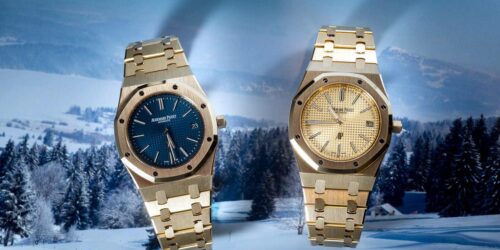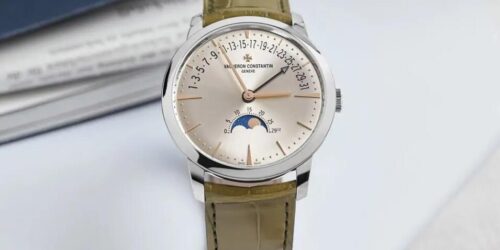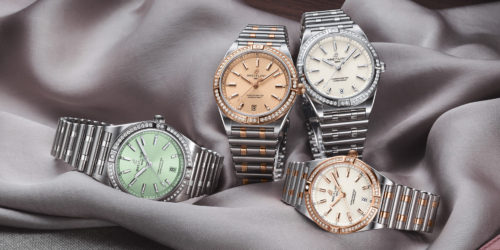Fake Rolex diving watches: history with ups and downs
Hans Wilsdorf did research in 1914. The reason: As watches gradually moved from people’s trouser pockets to their wrists at the beginning of the 19th century, requirements for water resistance also became louder. Military watches in particular, which had to withstand particularly difficult conditions in the world’s trenches, should have improved water resistance.
The driving force behind the development of waterproof watches (and later diving watches) was, among others, the Swiss Fake Rolex SA (alongside Blancpain, Panerai and others). But even Rolex had to learn the lessons and accept failures back then: Did you know, for example, that Rolex’s first development of a waterproof watch came with two cases (an inner and an outer case) and was therefore completely impractical? The flop was inevitable.
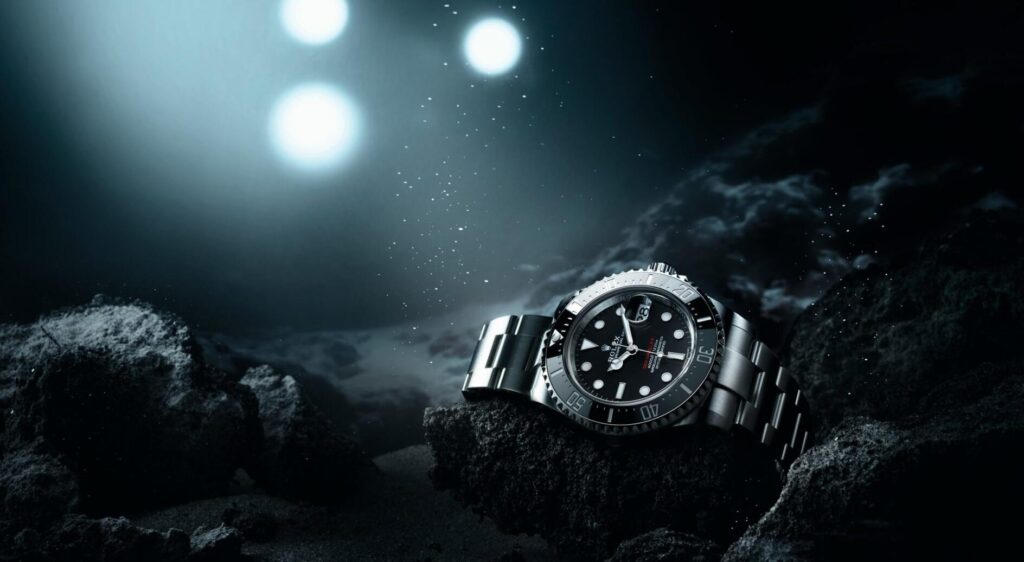
Rolex as the driving force behind diving watches
Back in 1914, Rolex head Hans Wilsdorf not only made big speeches, but also made a point: Rolex was one of the few innovators and the driving force behind the development of the world’s very first waterproof wristwatches.
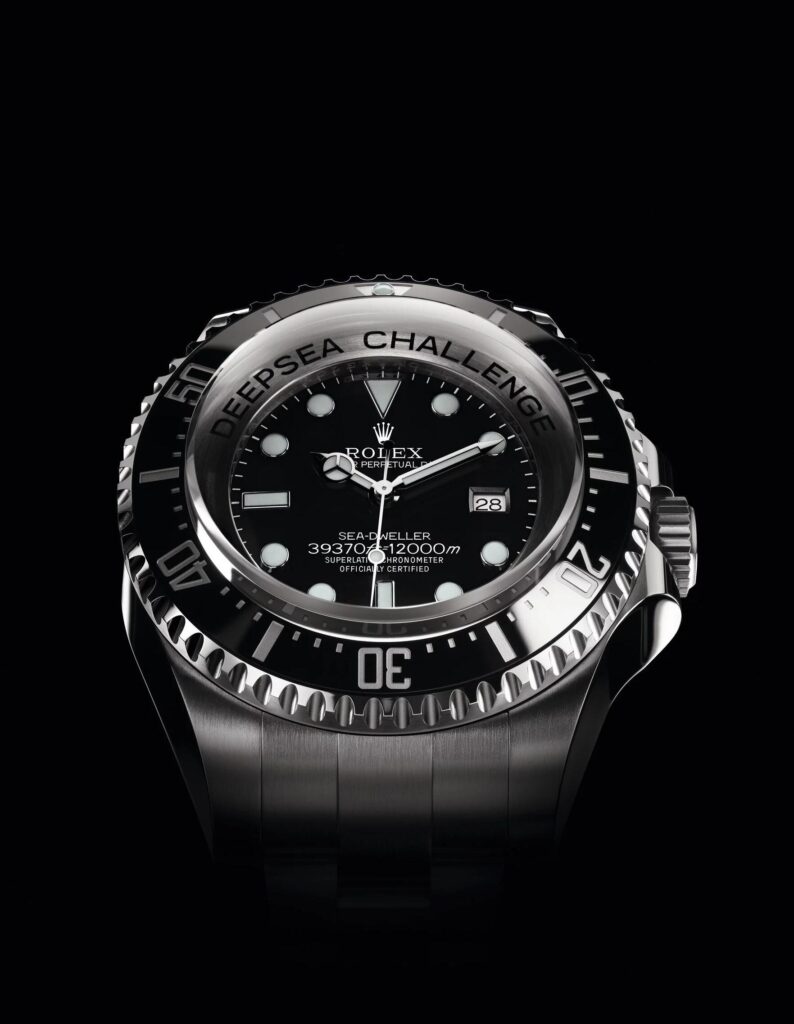
With the Oyster model (English for “oyster”), Rolex made its breakthrough in 1926 with the world’s very first waterproof (and this time also practical) watch – a screw-down case back and a screw-down crown were the technical features back then that are still standard today in high-quality watches and make a significant contribution to water resistance.
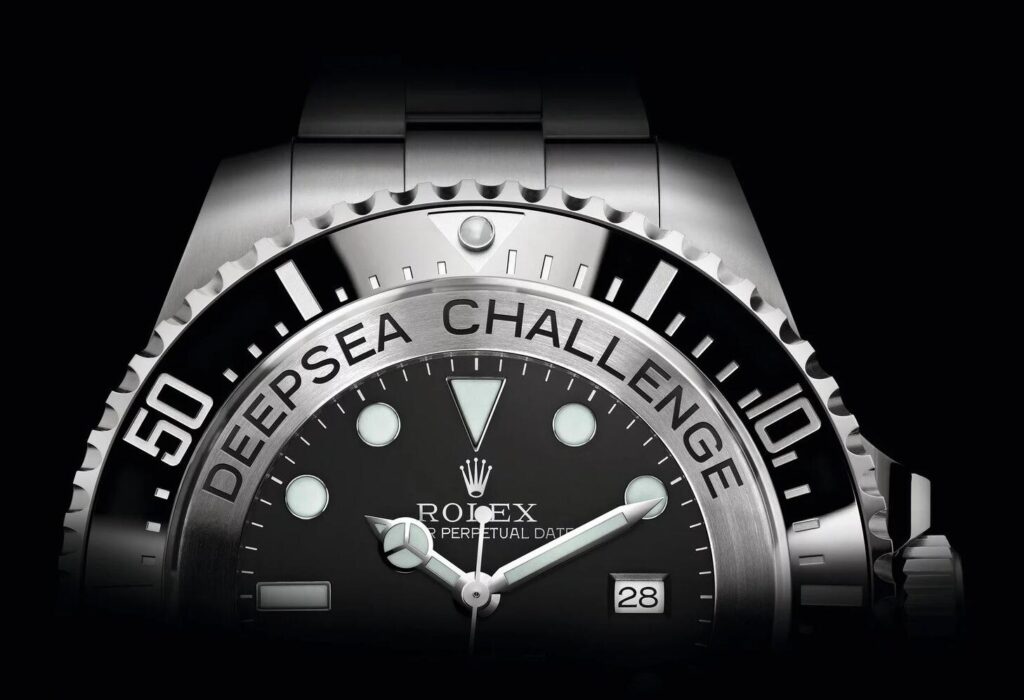
Rolex Oyster diving watch and the (failed) crossing of the English Channel
In 1927, Rolex provided marketing proof of its waterproofness by wearing the Rolex Oyster on the arm of 26-year-old British secretary Mercedes Gleitze during the 10-hour crossing of the English Channel. Even though Mercedes Gleitze had to abort shortly before the finish due to strong waves, the attempt caused a huge media stir – a hit for the Rolex advertising department: “The Wonder Watch that Defies the Elements”. defies the elements), the Swiss manufacturer confidently headlined on page one of the major London newspaper “Daily Mail”. Please also note the particularly noticeable note in the bottom right corner: “Waterproof Watch” – almost a given today, but back then it was a real specialty.
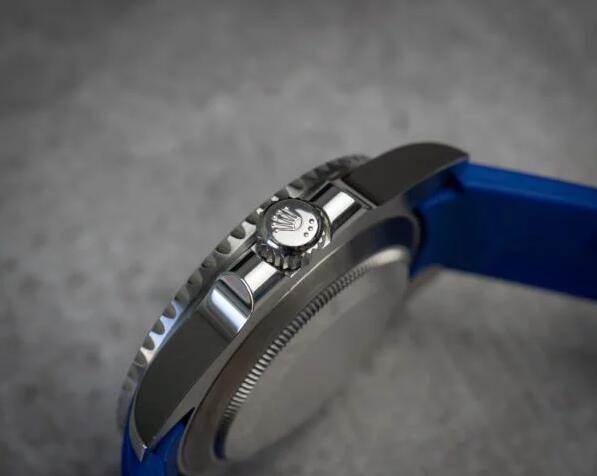
Marketing war in the Mariana Trench: Rolex vs. Omega diving watches
Anyone who has been paying attention in geography will immediately nod knowingly: In the 2,400 km long Mariana Trench, located in the Pacific Ocean, is the deepest place in the world ocean at around 11 kilometers – the so-called Challenger Deep, which is located around 320 kilometers southwest of Guam (in front of the coast of the Philippines). Crazy: If Chuck Norris transplanted Mount Everest into the Challenger Deep, its summit would still be over 2 km below the surface of the water. By the way, the Challenger Deep was named after the HMS Challenger, a ship in the British fleet in 1858, which carried out depth measurements with weights and already determined back then that the Mariana Trench was damn deep.
